We are in a hobby that demands the finest aesthetics, yet we have light cords too short to allow hiding of ballasts in electrical dedicated boxes! Rubbish I say! Knowing Orphek sells extensions which are almost impossible to find, I began thinking the lights would tolerate an extension… so here is what I did:
For my Orphek 48” blue bars, to the out-going wired from the ballast, I spliced 2 pole, 0.75mm2 wire (https://a.co/d/26n9mK1), soldered, wrapped and used shrink fittings (https://a.co/d/b3wBbNA). Works like a charm.
For my Orphek iCon lights I did the same thing with all copper 18 gauge 2-pole wiring (https://a.co/d/aMko9WU) in the exact same way.
I am attaching a few photos for reference. Hope this proves helpful for someone!
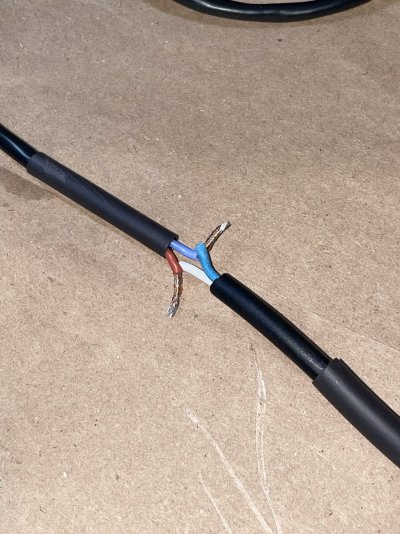
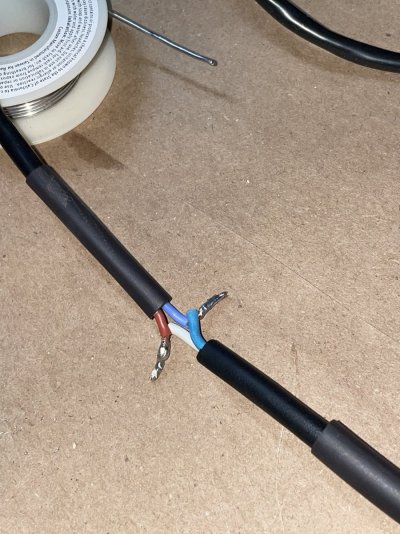
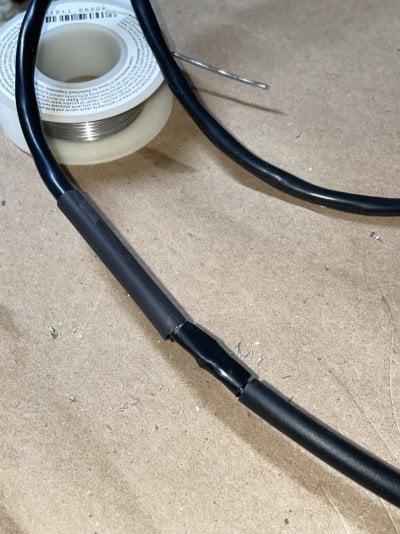
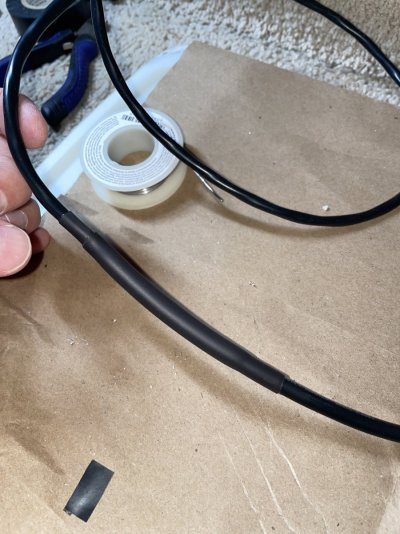
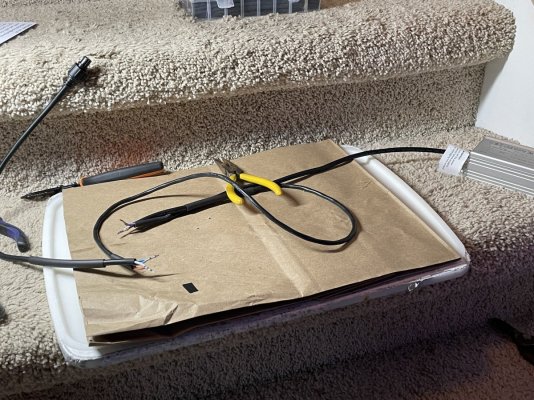
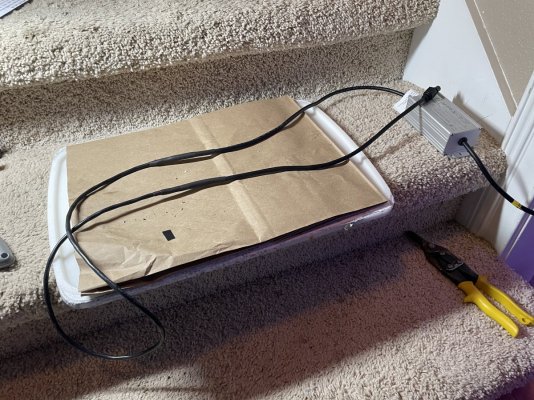
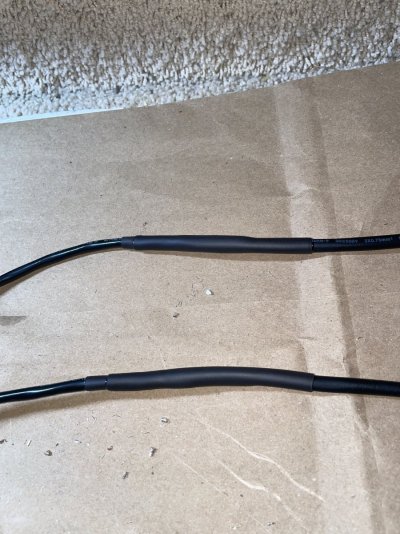
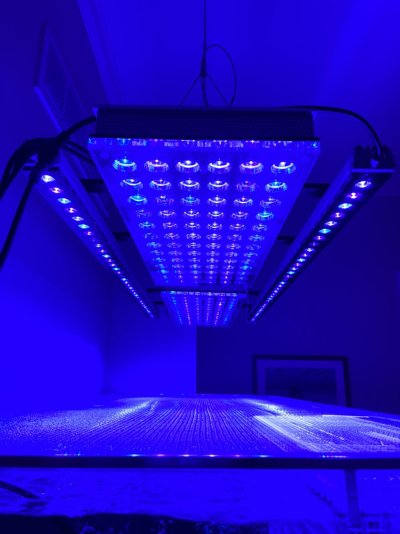
For my Orphek 48” blue bars, to the out-going wired from the ballast, I spliced 2 pole, 0.75mm2 wire (https://a.co/d/26n9mK1), soldered, wrapped and used shrink fittings (https://a.co/d/b3wBbNA). Works like a charm.
For my Orphek iCon lights I did the same thing with all copper 18 gauge 2-pole wiring (https://a.co/d/aMko9WU) in the exact same way.
I am attaching a few photos for reference. Hope this proves helpful for someone!
























